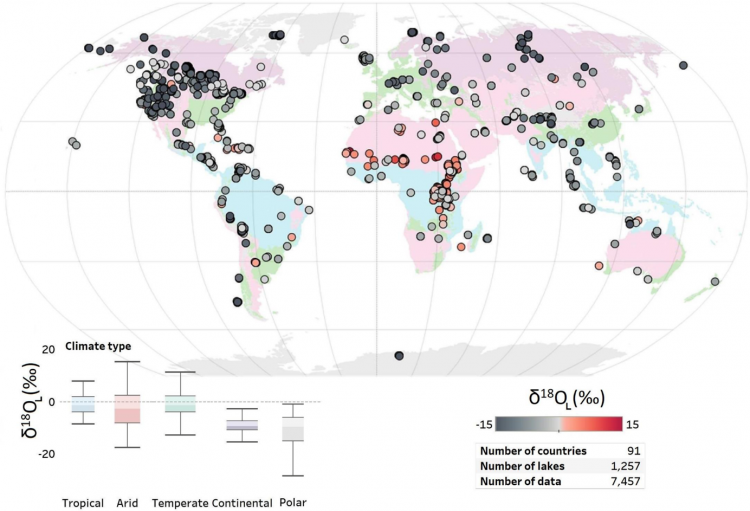While global sea levels are rising, year after year, lakes around the world are shrinking. A recent IAEA study, published last week in Nature Communications, has revealed that many lakes are not able to compensate for water lost to evaporation and are at risk of disappearing over time.
“Global warming is a major threat to lakes’ water budgets and quality because of rising temperatures, which enhance evaporation,” says Yuliya Vystavna, first author of the study and Isotope Hydrologist at the IAEA. Given the range of variables that shape the history and life of a lake, quantifying the extent of climate change impact on lakes worldwide is a complex task that can be simplified with the use of nuclear science.
Lakes, which comprise the majority of global unfrozen surface freshwater resources, are an integral part of social and economic activities, as well as the ecosystem. When it comes to understanding the impact of climate change on lakes, isotope hydrology is a tell-tale tool for assessment. Lake parameters vary – from size, depth and surrounding land use to how they are created naturally or artificially – making it a challenge to objectively compare lakes on a global scale. However, “isotopes integrate all those parameters. Isotopes reveal the history of lakes and provide a record of change, serving as a proxy of hydrological history,” Vystavna said.






